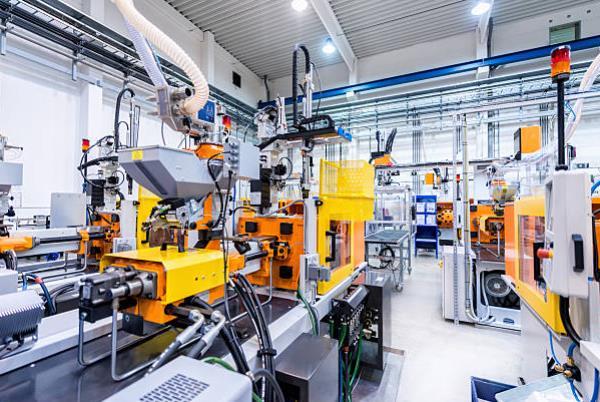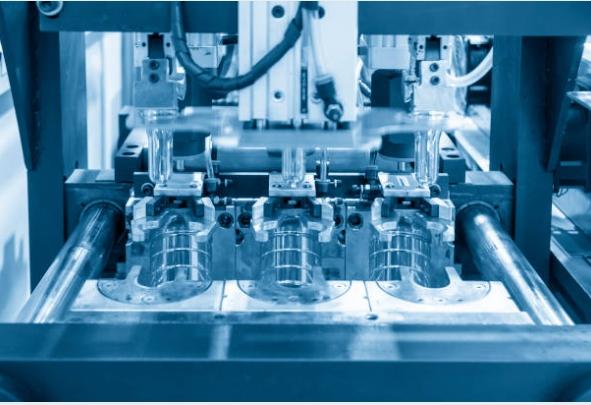Plastic Injection
This process is used to produce a wide variety of plastic products, ranging from small precision parts to large and complex items such as automotive parts, medical devices, and toys.
Plastic Injection Molding
Plastic injection molding is a manufacturing process used to produce large quantities of plastic parts with high accuracy and consistency. It involves injecting molten plastic material into a mold cavity under high pressure, where it cools and solidifies to form the desired shape.


Plastic Tooling
These tools are typically made from steel or other metals, and are used to shape molten plastic into a desired shape or form. The process of plastic tooling involves several steps, including design, prototyping, tool creation, and testing. The tools themselves can vary widely in complexity, from simple molds for basic shapes to more complex tools for intricate parts.
Common Material
There are many different types of plastic materials that can be used for plastic injection molding, each with its own unique properties and characteristics. Some of the most common plastic materials used in injection molding include:
Polypropylene (PP) - a thermoplastic polymer with high impact strength, chemical resistance, and good flexibility.
Polyethylene (PE) - a lightweight, flexible thermoplastic with good chemical resistance and electrical insulation properties.
Acrylonitrile Butadiene Styrene (ABS) - a tough and rigid thermoplastic with good impact resistance and dimensional stability.
Polystyrene (PS) - a lightweight and versatile thermoplastic with good optical clarity and dimensional stability.
Polyethylene terephthalate (PET) - a strong and lightweight thermoplastic with excellent moisture resistance and high tensile strength.
Nylon (PA) - a strong and durable thermoplastic with good abrasion resistance and low friction properties.
These are just a few examples of the many types of plastic materials that can be used in injection molding. The choice of material will depend on the specific requirements of the part being produced, including its mechanical properties, chemical resistance, thermal stability, and other factors.